Connecting Flight
Author: Kara Lee Donnelly (University of Notre Dame)
Comments

Oona Frawley. Flight. Dublin: Tramp Press, 2014, 223 pp.

Oona Frawley. Flight. Dublin: Tramp Press, 2014, 223 pp.
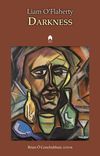
Liam O’Flaherty. Darkness. Edited by Brian Ó Conchubhair. Dublin: Arlen House, 2014, 152 pp.

Louis MacNeice. Collected Poems. Edited by Peter McDonald. Winston-Salem, NC: Wake Forest University Press, 2013, 836 pp.

Memory Ireland. Vol. 4. James Joyce and Cultural Memory. Edited by Oona Frawley and Katherine O’Callaghan. Syracuse: Syracuse University Press, 2014, xi + 225 pp.
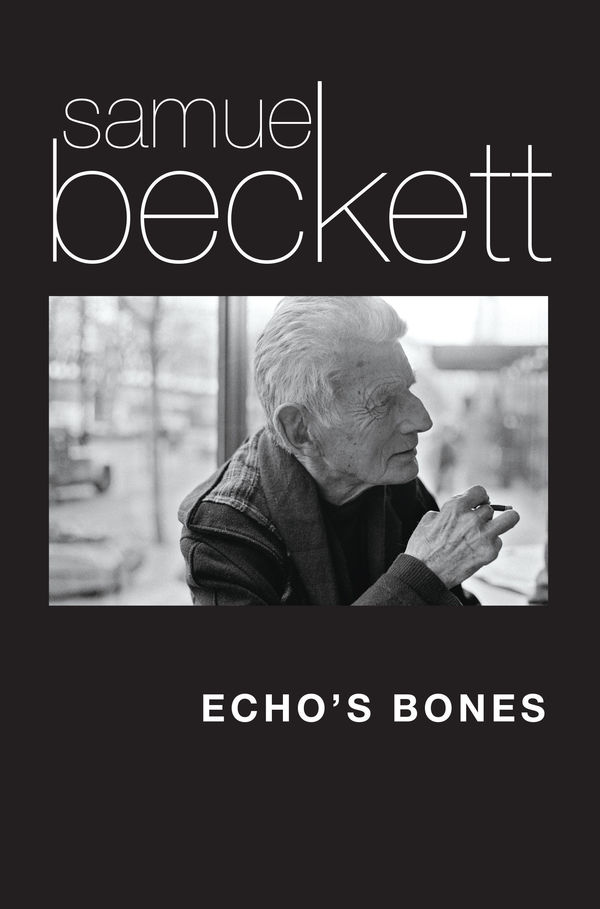
Samuel Beckett. Echo's Bones. Edited by Mark Nixon. New York: Grove Press, 2014, vii + 121.
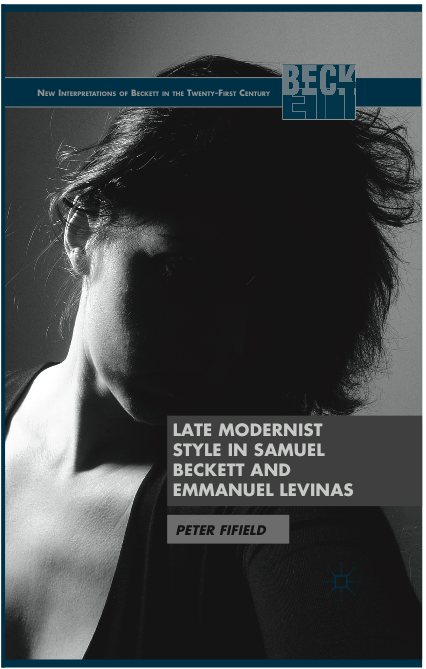
Peter Fifield. Late Modernist Style in Samuel Beckett and Emmanuel Levinas. New York: Palgrave Macmillan, 2013, 206 pp.

Jessica Scarlata. Rethinking Occupied Ireland: Gender and Incarceration in Contemporary Irish Film. Syracuse: Syracuse University Press, 2014, 272 pp.
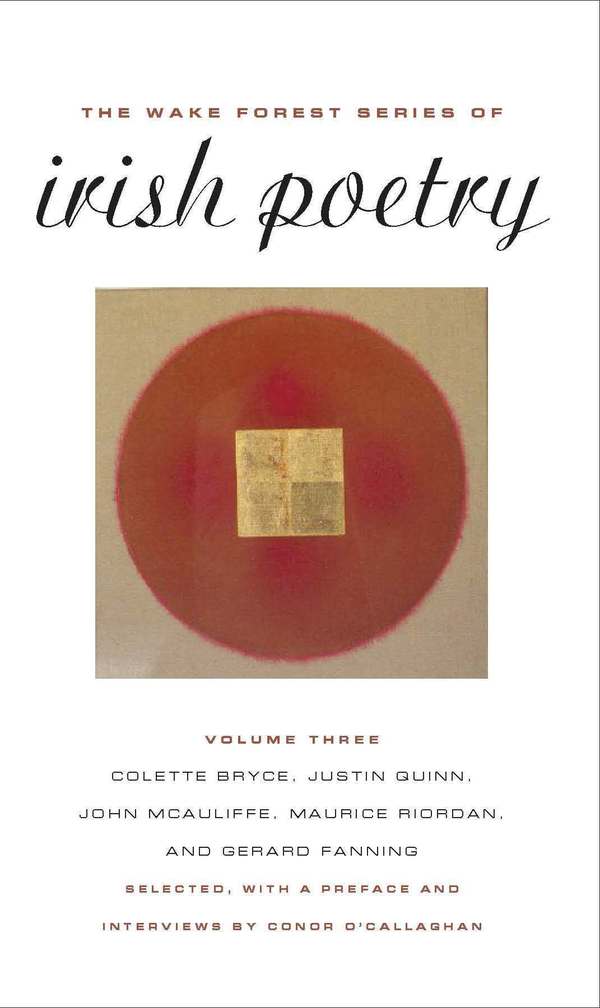
The Wake Forest Series of Irish Poetry, Volume III: Colette Bryce, Justin Quinn, John McAuliffe, Maurice Riordan, and Gerard Fanning. Edited by Conor O’Callaghan. Winston-Salem: Wake Forest University Press, 2013, xvii + 219 pp.

Eimear McBride. A Girl Is a Half-Formed Thing. Minneapolis: Coffee House Press, 2014, 227 pp.
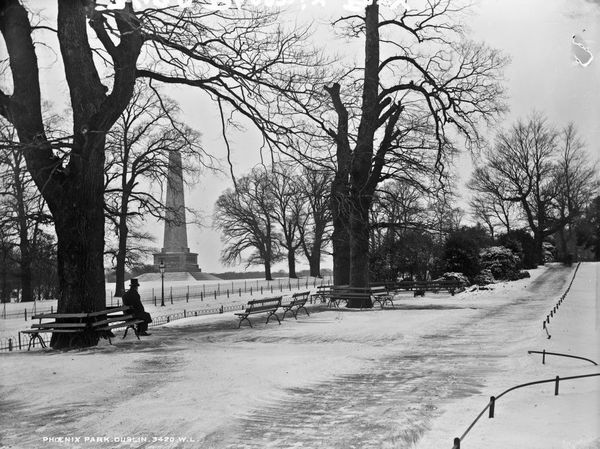
Gerardine Meaney, James Joyce – The Dead. Version 1.1. Dublin: UCD Humanities Institute, 17 Jun. 2014. iPad app.
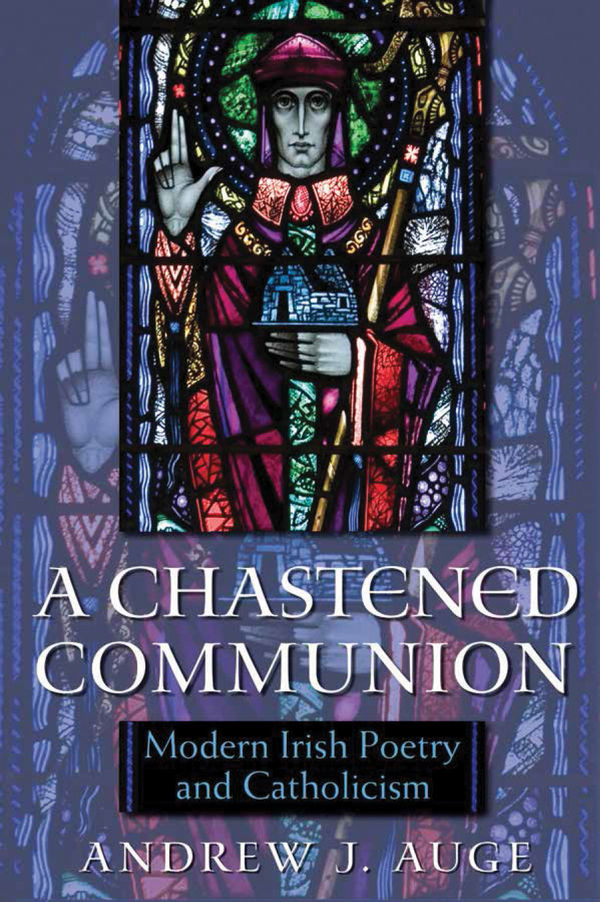
Andrew J. Auge. A Chastened Communion: Modern Irish Poetry and Catholicism. Syracuse, NY: Syracuse University Press, 2013, 283 pp.
UCD Scholarcast. Directed by P.J. Mathews. www.ucd.ie/scholarcast.
Máighréad Medbh. Savage Solitude: Reflections of a Reluctant Loner. Dublin: Dedalus Press, 2013; distributed in the U.S. by Syracuse University Press. 290 pp.
With this issue of Breac we hope to foster conversations around very contemporary productions and issues in Irish drama. Not only are the plays and performances under discussion extremely current, but the methodological and historical approaches are equally immediate and relevant. Through this focus on recent drama we hope that these essays will stimulate debate and lively conversations around the role of the theater in staging issues such as economic crisis, urban renewal, gender relations, sexual abuse, and other matters that are vital to contemporary considerations in Irish Studies.
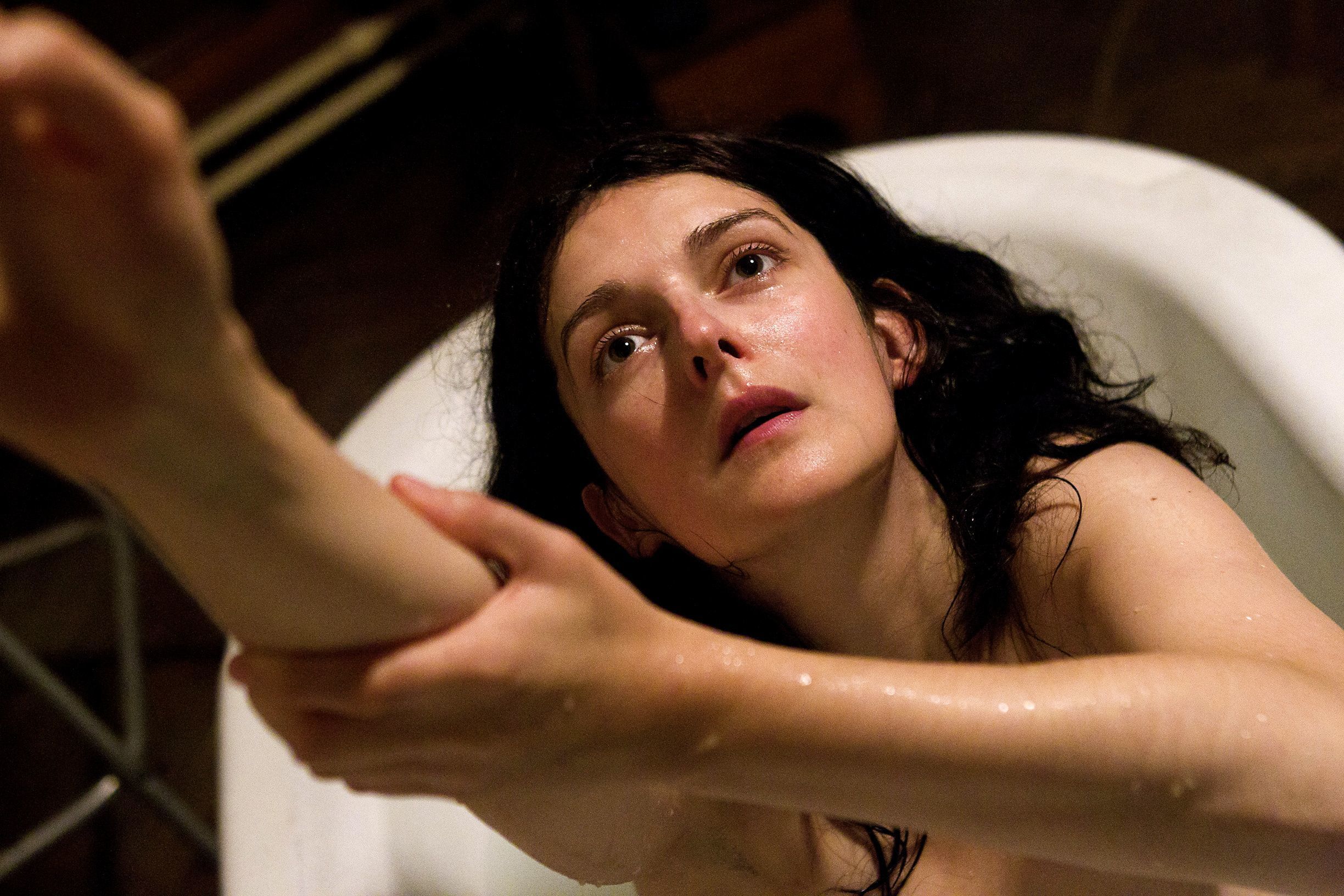
Site-specific theater in Ireland is a relatively new phenomenon that challenges the very concept of what is generally held to be drama, crossing as it does the boundaries of installation art, dance, and theater. In Ireland site-specific theater emerged at a time when the trend of building-based theater was in the production of monodramas that reduced theater to physical stasis. Those monodramas, by writers such as Mark O’Rowe (Crestfall, Howie the Rookie, Terminus), Eugene O’Brien (Eden) and Conor McPherson (Rum and Vodka, The Good Thief, This Lime Tree Bower, Port Authority), featured often abject characters on the margins of society, connected barely at all with nation and living outside of the mythical “Celtic Tiger” economic boom of 1997-2007. Most of those monodramas were softly political; instead of placing characters within sharply defined socio-political contexts, they focused on the politics of the personal often obliquely, in a world of no ambition, alcoholism, and self-abjection. First productions of those plays provided only abstract settings rather than specific places for the action,

Theatrical performances can enact two different forms of narrative—familiarizing or de-familiarizing—alternately confirming audiences in their sense of comfortably secure identity or provoking them to question that security. In presenting a de-familiarizing narrative or performance, theater makes the audience look and reflect anew. This has been a particularly powerful strategy within Irish culture since the revelations of institutional abuse have forced a re-investigation of the past, and a questioning, at a collective level, of assumptions about Irish identity, which are founded upon that past. The three works this essay discusses—The Walworth Farce (2006) by Enda Walsh, The Blue Boy (2011) by Brokentalkers, and Laundry (2011) by ANU Productions—mirror shifts within Irish culture and society, reflecting a profound destabilizing of the security of the conjoined issues of the past and identity. Their performance strategies are thus speaking out of cultural upheaval, as well as speaking back to that culture.

Regeneration, as a concept, draws on ideas of rebirth, restoration, and revival. At the beginning of the twenty-first century, the frenzy of urban regeneration projects in the western world is undertaken, according to Saskia Sassen, in direct pursuit of “global city” status, where the signature of the global city arises from global branding by urban regeneration.[1] Two major features of the wave of regeneration projects of that period are the active incorporation of community consultation within flagship cultural projects focused on physical transformation of place, and policies of producing and controlling positive perceptions of planning, process, and outcomes. If Sassen’s argument is valid, then Dublin, Ireland, pursued global city status aggressively from the early 1990s, with a number of large-scale urban regeneration projects—Temple Bar, the Docklands, and Ballymun—transforming the city’s center and its most marginalized suburb.
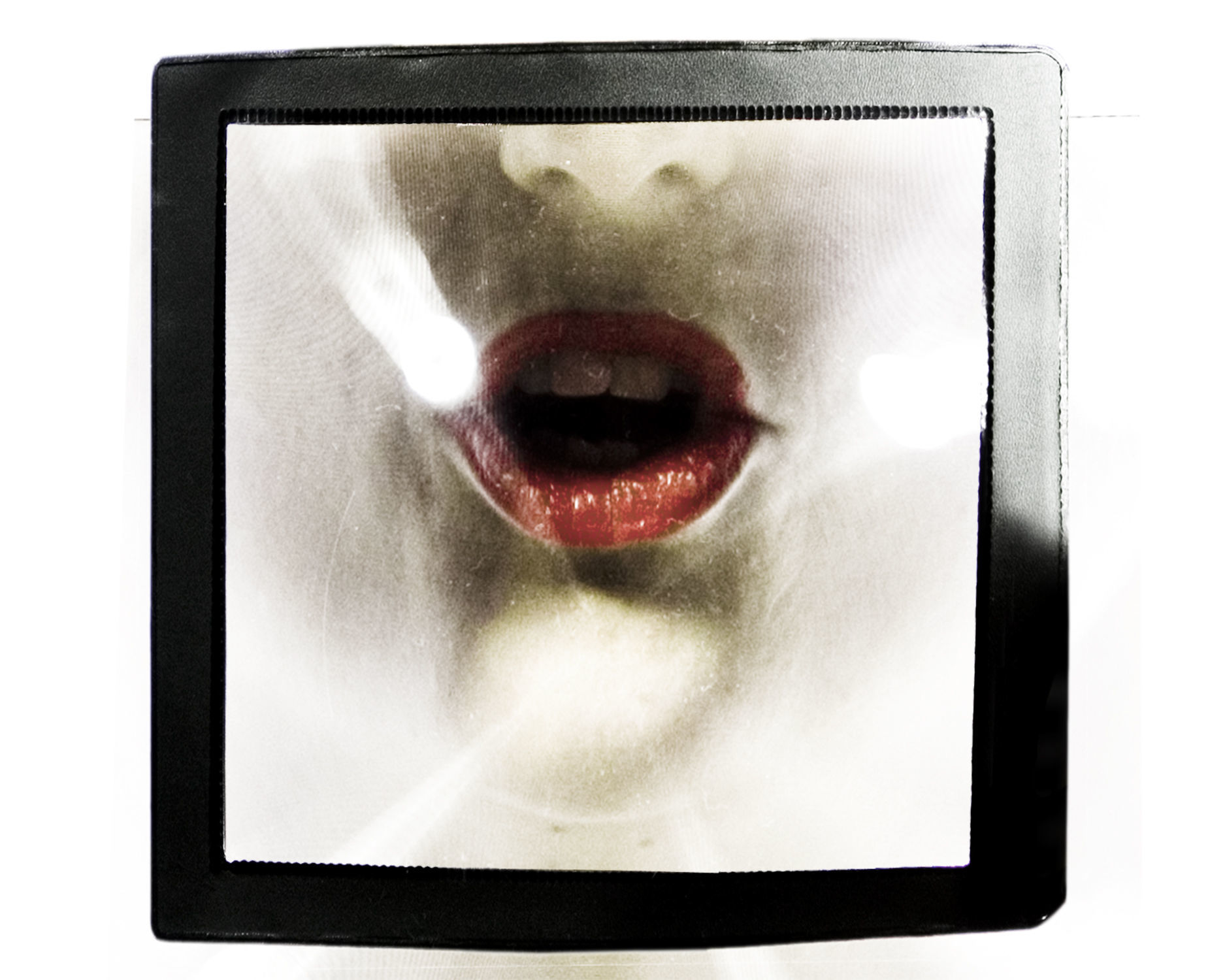
From 1991, when the Dublin Gate Theatre launched their Samuel Beckett Festival featuring nineteen of Beckett’s stage plays, to more recent years, the Gate dominated Irish productions of Beckett’s theater.[1] The Gate Beckett Festival was remounted in 1996 at the Lincoln Center, New York, and at the Barbican Centre, London, in 1999, and individual or grouped productions have toured regularly since then in Ireland and internationally.[2] However, since the Irish premiere of Waiting of Godot at the Pike Theatre in 1955, in addition to several Beckett plays mounted by the National Theatre, many independent Irish theater companies, such as Focus Theatre, Druid Theatre, and more recently Pan Pan Theatre, Blue Raincoat Theatre, The Corn Exchange, and Company SJ (under director Sarah Jane Scaife), have produced Beckett’s drama.[3] While acknowledging earlier Irish productions, this essay will consider the role of the Dublin Gate Beckett Festival and the Beckett Centenary celebrations in Dublin in 2006 in greatly enhancing the marketability of Beckett’s work, and will discuss the proliferation of productions of Beckett’s stage plays (as opposed to stage adaptations of the prose work, which is a topic for another essay) in the independent theater sector in the Republic of Ireland since 2006. In addition to giving an overview of these recent productions, the essay will consider some issues at stake in creating or constructing performance histories.[4]
At the climax of Conor McPherson’s 1997 play The Weir, a group of middle-aged men in a local pub in Sligo listen spellbound as the only stranger in their midst—a woman from Dublin named Valerie who has rented a house in the area—tells them a ghost story. She has been listening gratefully…
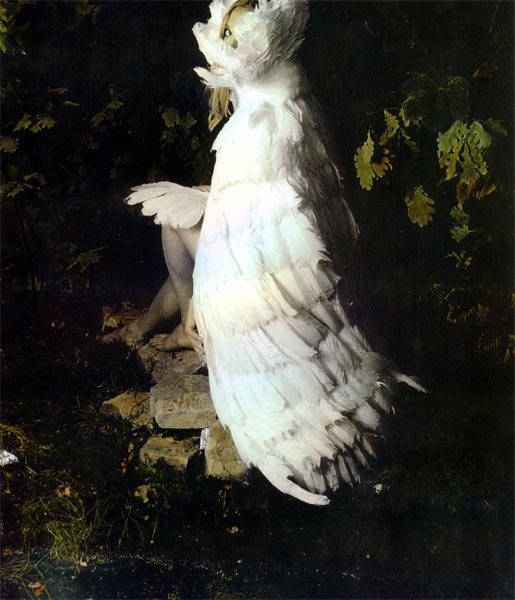
Celtic and Greek mythology pervade the culture and dramatic tradition of Ireland, providing a slowly evolving collective identity for the Irish people and the diaspora, and shaping cultural understandings of gender roles. Marina Carr employs myth and archetype in her plays The Mai and By the Bog of Cats to portray two epically flawed swan goddesses at a similar point in their lives who destroy themselves and their families rather than live with the loss of love.[2] From the very inception of the national theater in Ireland, playwrights and authors have used traditional Irish and classical Greek myth and folklore to approach issues that were difficult or controversial in order to sway public opinion and prompt discussion favoring their specific agendas. Lady Gregory and her numerous male counterparts at the turn of the twentieth century used themes from traditional myth and folklore as part of the national theater to portray a redeveloped definition of Irishness in support of the renascent struggle for Irish independence. Using a similar tactic to promote gender equality and portray women’s issues in a more pragmatic light, Marina Carr has used mythic...
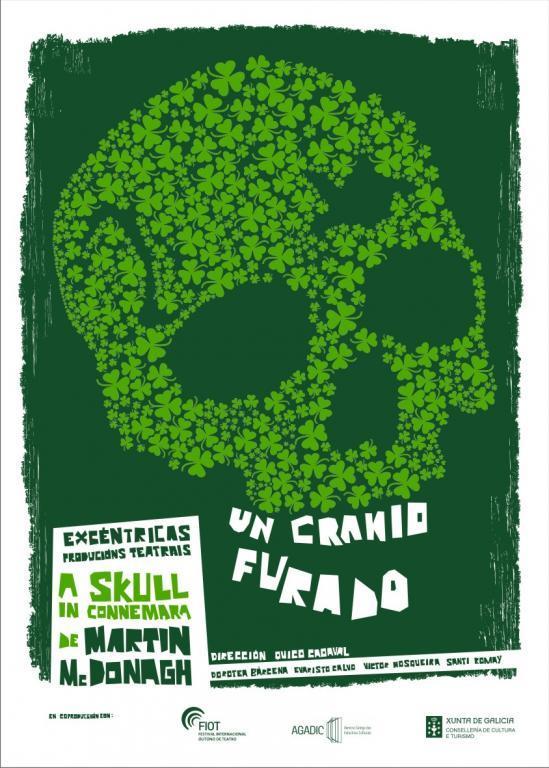
This article sets out to explore the tradition of translation and performance of Irish drama in Galicia, a north-western region of Spain largely unknown to international audiences because of the way in which its language and culture have been rendered invisible by its geopolitical position and history. Focusing on the recent incorporation of one particular play, Martin McDonagh's A Skull in Connemara, I will explore some of the key factors governing re-actualizations of Irish theater on the Galician stage, attending to constructions of Irish identity and their particular importance in processes of Galician self-recognition, and to the central...
The following interview took place at the 2012 IRISH Seminar at the O’Connell House, the Keough Naughton Notre Dame Centre in Dublin. The interview was presented to a packed audience, including participants of the Seminar as well as other academics and the wider public. We would like to thank Brian Ó Conchubhair, 2012 director of the IRISH Seminar, for his permission to transcribe and publish the following. We would like to extend thanks, too, to Professor Paige Reynolds (College of the Holy Cross) for her permission to publish this interview and her generosity throughout the process. As interlocutor, her graciousness and erudition are evidenced below. And finally, we want to thank Colm Tóibín, for his permission to publish this interview, and for his wonderful generosity, as regards both the interview that follows, and beyond.
Paige Reynolds: I wanted to do a little bit of setup for those of you who may or may not be familiar with the plays, and the first thing I’m going to do is reference a couple of pieces of Colm’s nonfiction—his luminous biography, Lady Gregory’s Toothbrush, and his new collection of essays, New Ways to Kill your Mother: Writers and...
![]()
A review of ACIS-CAIS 2014.
![]()
A review of ACIS-CAIS 2014.
![]()
A review of ACIS-CAIS 2014.
![]()
A review of ACIS-CAIS 2014.
![]()
A review of ACIS-CAIS 2014.
![]()
A review of ACIS-CAIS 2014.